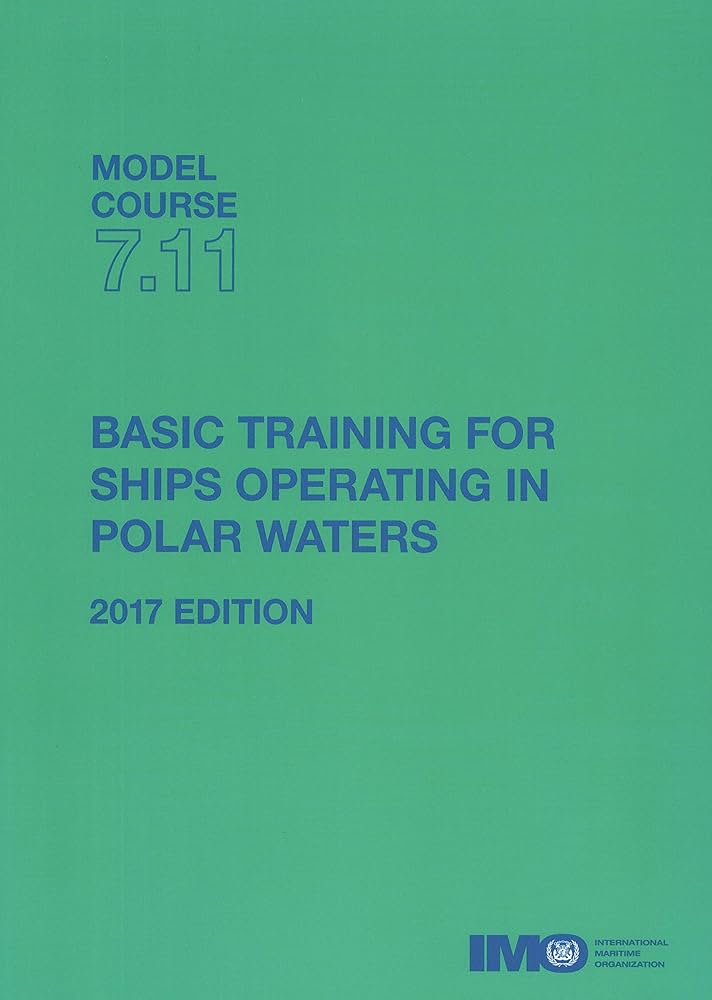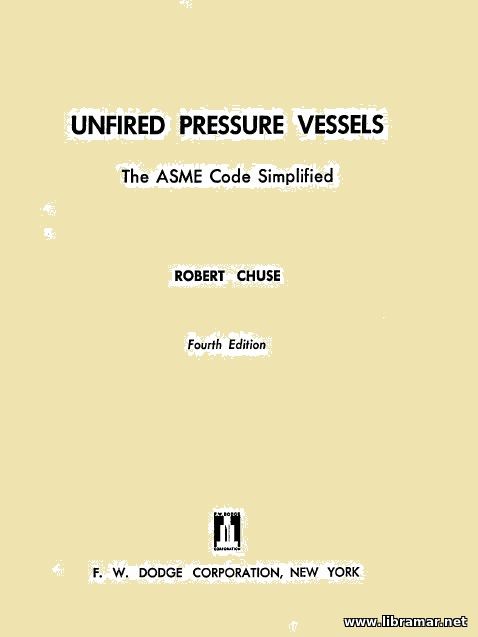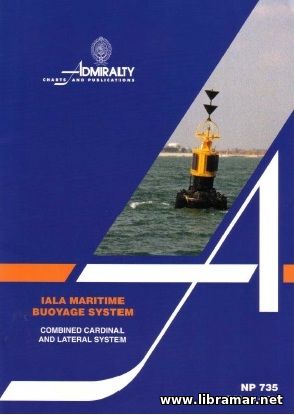BASIC TRAINING FOR SHIPS OPERATING IN POLAR WATERS — IMO MODEL COURSE 7.11

| Author(s) | IMO |
| Publisher | IMO |
| Date | 2007 |
| Pages | 125 |
| Format | |
| Size | 2 Mb |
| D O W N L O A D | |
Ships operating in the Arctic and Antarctic environments face a range of unique risks. Harsh weather conditions and the scarcity of detailed charts, communication infrastructure, and navigational aids present significant challenges for mariners. The remote nature of these regions complicates rescue and environmental cleanup operations, making them difficult and costly endeavors.
Extremely cold temperatures can impair the functionality of various ship components, including deck machinery, emergency equipment, and sea suctions. The presence of ice further adds to these challenges by exerting additional loads on the hull, propulsion systems, and appendages. While the Arctic and Antarctic waters share certain similarities, they also exhibit important differences.
The Arctic is an ocean encircled by continents, whereas the Antarctic is a continent surrounded by ocean. During summer, Antarctic sea ice retreats substantially or is dispersed by permanent gyres located in the Weddell and Ross Seas, resulting in relatively little multi-year ice. In contrast, Arctic sea ice persists through many summer seasons, with a considerable amount existing as multi-year ice. Although both polar marine environments are vulnerable to similar threats, responses must be tailored to the specific legal and political frameworks governing each region.
This course provides training for navigation officers to operate ships safely in polar waters, addressing additional considerations beyond the existing requirements of SOLAS and MARPOL conventions. It emphasizes understanding the unique climatic conditions of polar regions and ensuring compliance with standards for maritime safety and pollution prevention.
The "Read Later" function allows you to add material to this block with just one click. Just click on the icon and read the articles that interest you at any convenient time.


